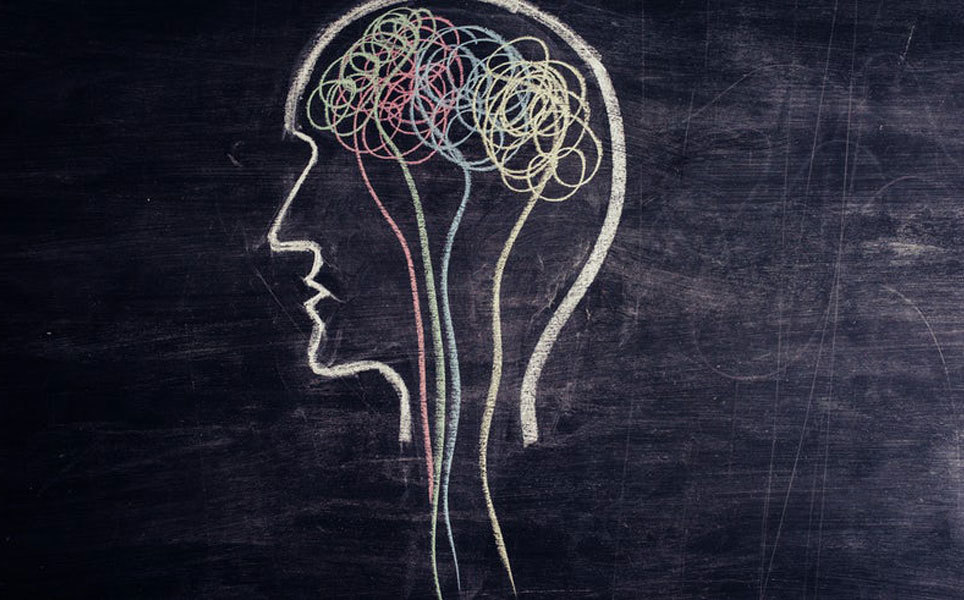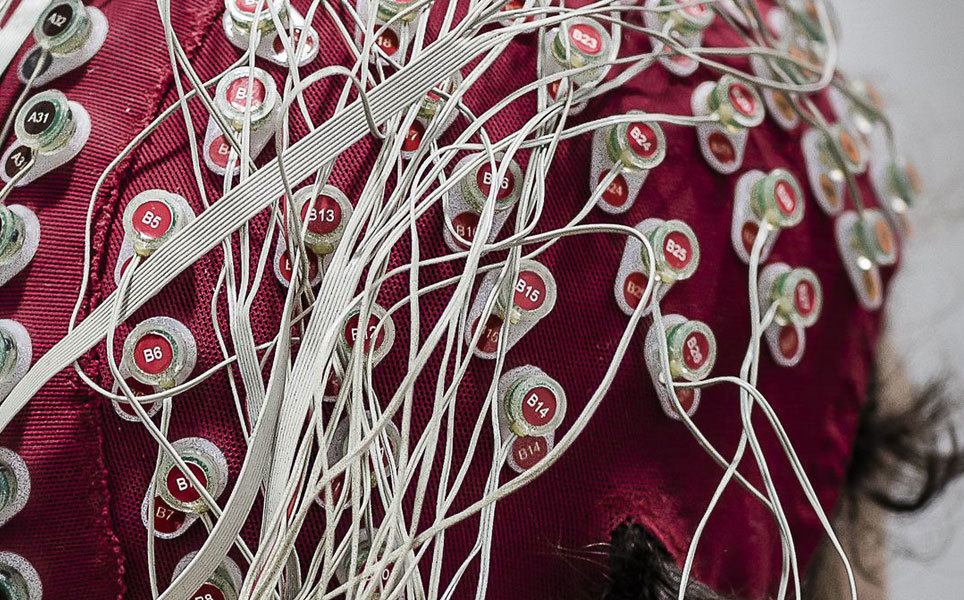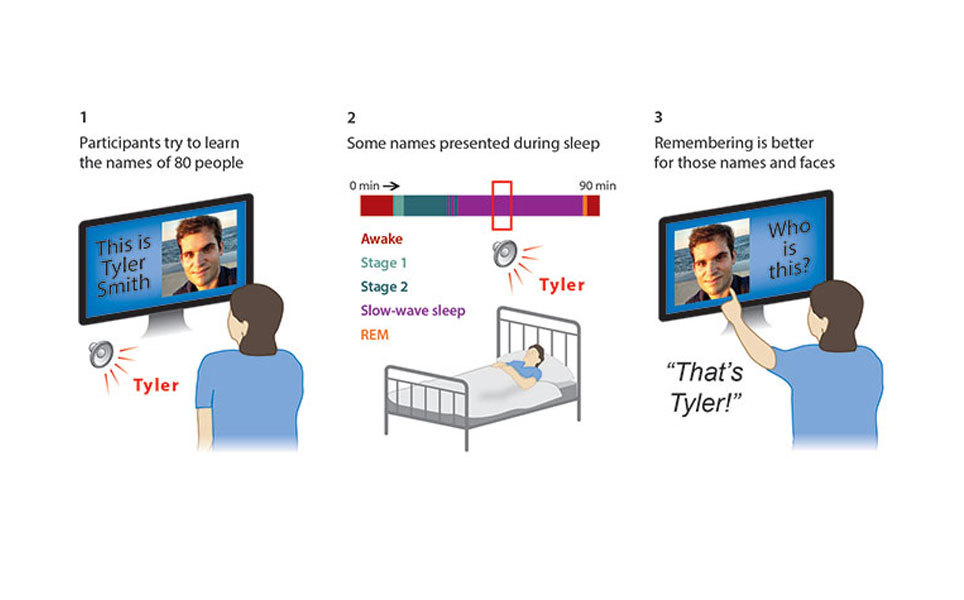
Scientifica’s top neuroscience research picks from January 2022
In this article, we share our top neuroscience stories from January. These include a breakthrough in understanding rapid progression of Alzheimer's disease, the brain and its ability to focus attention, and the role sleep plays in improving face-name learning.
Link revealed between brain cell development and risk of schizophrenia
At Cardiff University, scientists have proposed new links between the breakdown in brain cell development and the risk of psychiatric disorders. Dr Andrew Pocklington, one of the lead authors of the study, emphasised the fact that discovering biological processes which are affected by genetic risk factors is a major step closer towards understanding the causes of psychiatric diseases.
Genetic risk factors are known to disrupt brain development in several psychiatric disorders. However, it is the first time that genetic disruption of specific cell processes crucial to brain development has been associated with disease risk in a range of psychiatric disorders.
During their research, the scientists investigated the birth and early development of human brain cells using human pluripotent stem cells. Multiple sets of genes that switch on during neurogenesis were identified, with each set playing a specific and functional role. The study showed that genetic risk factors which contribute to schizophrenia and similar disorders were highly concentrated in these sets.
While the insights in this research are extremely valuable, further work is needed to determine the entire range of developmental processes disrupted in different psychiatric disorders and investigate the long-term effects on the brain.
Read the full story here

Alzheimer’s disease: more precise diagnoses and treatments
A research team led by Case Western Reserve University, has made significant discoveries as to why Alzheimer’s disease progresses so rapidly in some people, causing them to die within three years of diagnosis.
The scientists investigated the brain sample of 40 people whose cause of death was due to Alzheimer’s disease. The findings showed a link between the strains of misshapen and fast-replicating tau protein and accelerated cognitive decline. The results of this study are critical in highlighting the variations of Alzheimer’s disease, which could lead to more accurate diagnoses and targeted therapies.
Dr Jiri Safar, a medical professor at CWRU School of Medicine and co-author of this study, explains that Alzheimer’s is not a singular disease, but rather a spectrum, with different cases involving distinct biological drivers of the progression. This research paves the way for identifying people at high risk for rapid progression and subsequently tailoring treatments accordingly.
Read the full story here

How does the brain understand one voice in a noisy crowd?
In a continuation of previous work to improve the technology of wearable devices (such as hearing aids), a new study published in The Journal of Neuroscience investigates how our brain is able to focus attention on one single speaker in a crowded room with multiple speakers present.
Dr. Edmund Lalor’s lab at the University of Rochester Medical Center found that, while we process the acoustics of two different stories similarly, the brain actually takes an additional step in understanding words coming from the speaker being listened to.
In their study, the scientists used EEG brainwave recordings and noticed that the story participants were instructed to pay attention to was converted into linguistic units known as phonemes (units of sound that can distinguish one word from another). This step was not taken with the other conversation surrounding the listeners.
Read the full story here

Chronic pain linked to differences in brain structure and genetics
Research led by University of Queensland attempts to understand the complex relationship between the brain and human genome, in how they affect and contribute to chronic pain (the primary cause of disability worldwide). The team hopes that by identifying the underlying causes of chronic pain, improvements in the diagnosis and treatment of sufferers can be realised.
While previous research has already reported differences in the brain structure of people with chronic pain, this study is the first to show that this association is partly due to individual differences in people’s DNA. The team of scientists found that genetic differences were a contributor of both an increased risk of certain chronic pain types, and a reduction in size of specific brain regions.
The study sample used genetic data from nearly 200,000 people with different chronic pain conditions, as well as another 34,000 people who have had scans measuring the size of several brain regions.
Read the full story here

Researchers predict rat behaviours from brain activity
In their latest study, neuroscientist Luca Mazzucato from the University of Oregon, and his team, attempt to predict a rat’s future behaviour by creating a “dictionary” linking brain activity patterns to simple actions. The findings aid in understanding how the brain decides when future actions will be carried out, as well as connect small actions into larger sequences.
Through an experiment in which they trained rats to perform actions and be rewarded with water, the scientists tracked the activity of large groups of neurons in the motor cortex. “We could predict what the animal would do a few hundred milliseconds before they did it”, Mazzucato said.
The researchers also came up with a mathematical model which could be used to replicate the variability of rats’ choices.
Read the full story here

Remembering faces and names can be improved during sleep
Researchers from Northwestern University have been the first to discover that reactivating memory during sleep improves people’s face-name learning significantly. The key to this improvement was discovered to be uninterrupted deep sleep.
Nathan Whitmore, the lead author of this study, noted that the way in which information is reactivated during sleep to enhance memory storage is linked to high-quality sleep. The scientists also observed that participants who experienced disrupted sleep did not have any positive effect from the memory reactivation, and it may even have had an adverse effect.
This study leads the researchers to several interesting conclusions. To name one, this could be a possible explanation for sleep disorders impairing memory. Moreover, with this new line of research, the scientists can investigate potential outcomes, such as whether disrupted sleep can be used to weaken unwanted memories.
Read the full story here

The larger an image, the better we remember it
A study conducted by Bar-Ilan University investigated whether larger images, which require the visual system to employ greater resources to process them, have a better chance of being remembered than smaller ones.
For the first time, this research showed that visual memory of an image is impacted by the size of the image on the retina. After conducting 7 experiments, the researchers consistently found that participants remembered the large images 1.5 times more than the small images. Even in cases where the detail of the images was identical, the larger version of the image was better remembered relative to the smaller version.
Although the implications of this study could be endless, especially for people who consume a lot of information on screens and small electronic devices, further research will be needed to delve deeper into this phenomenon.
Read the full story here

Take a look at our previous top neuroscience stories
Banner credit: Photo by Chokniti Khongchum from Pexels

)